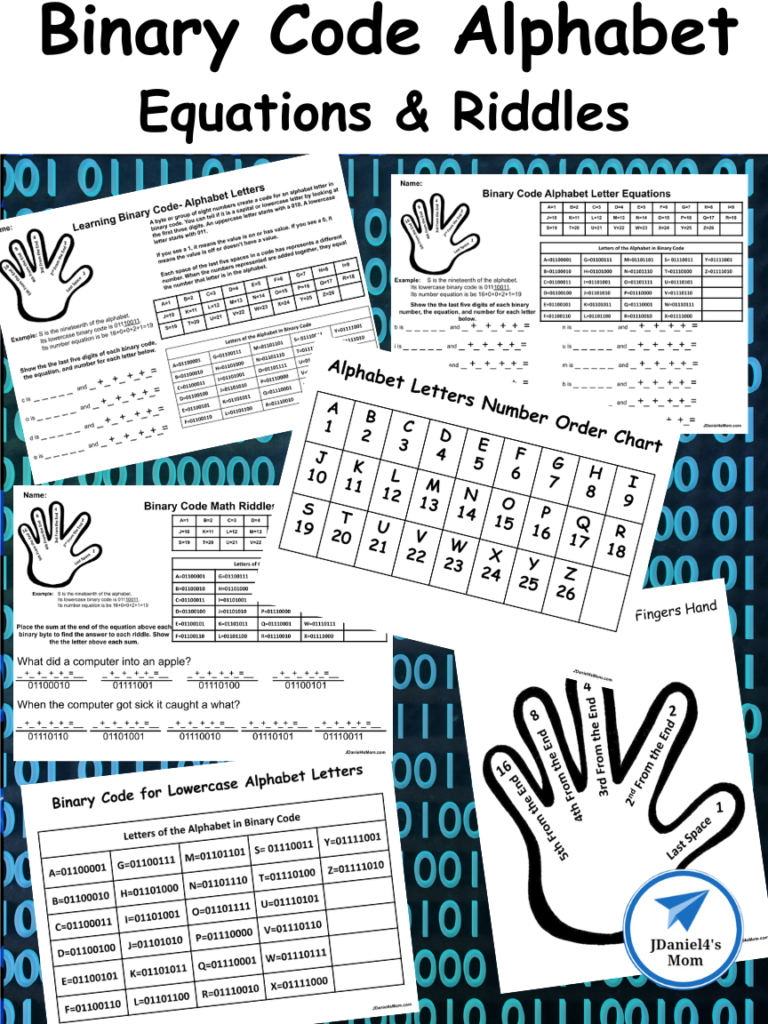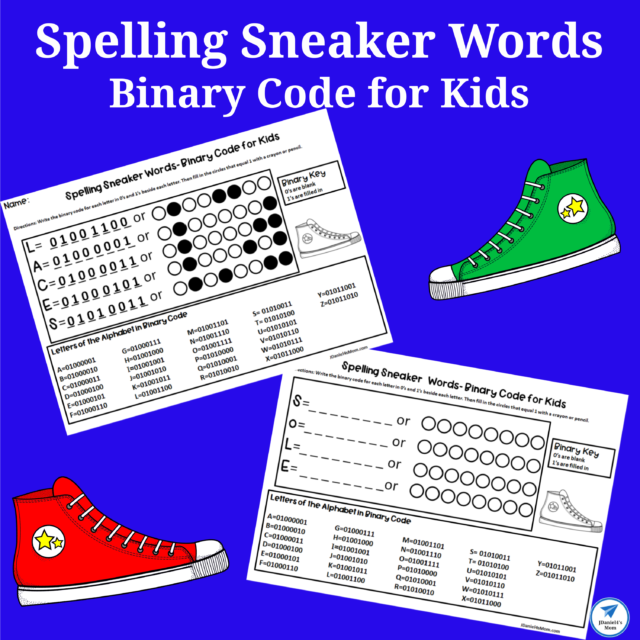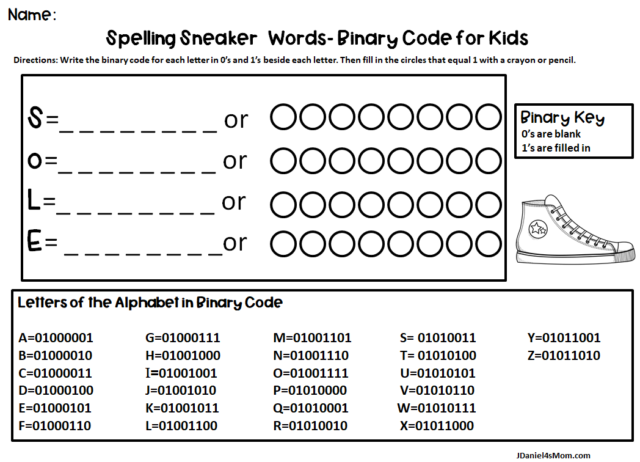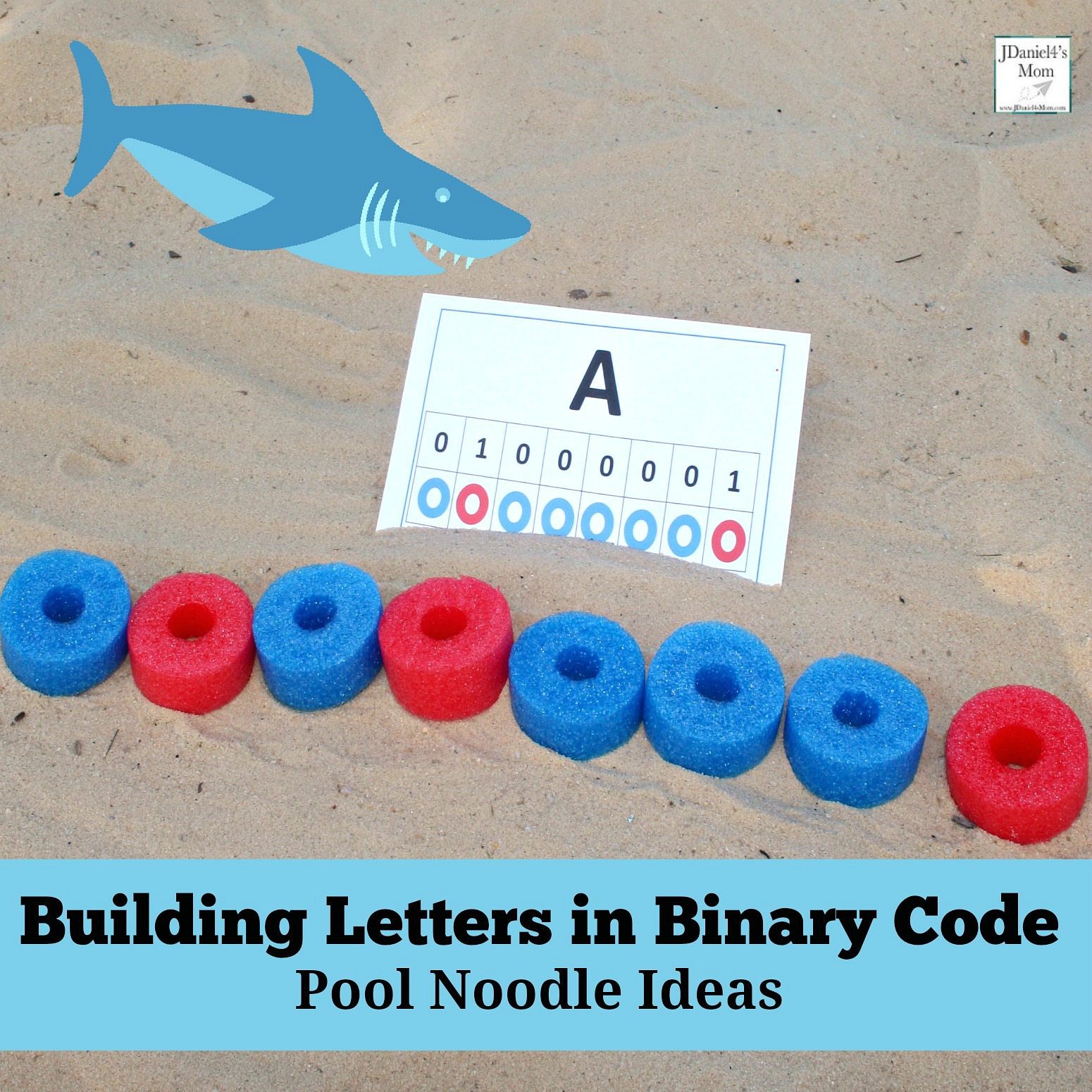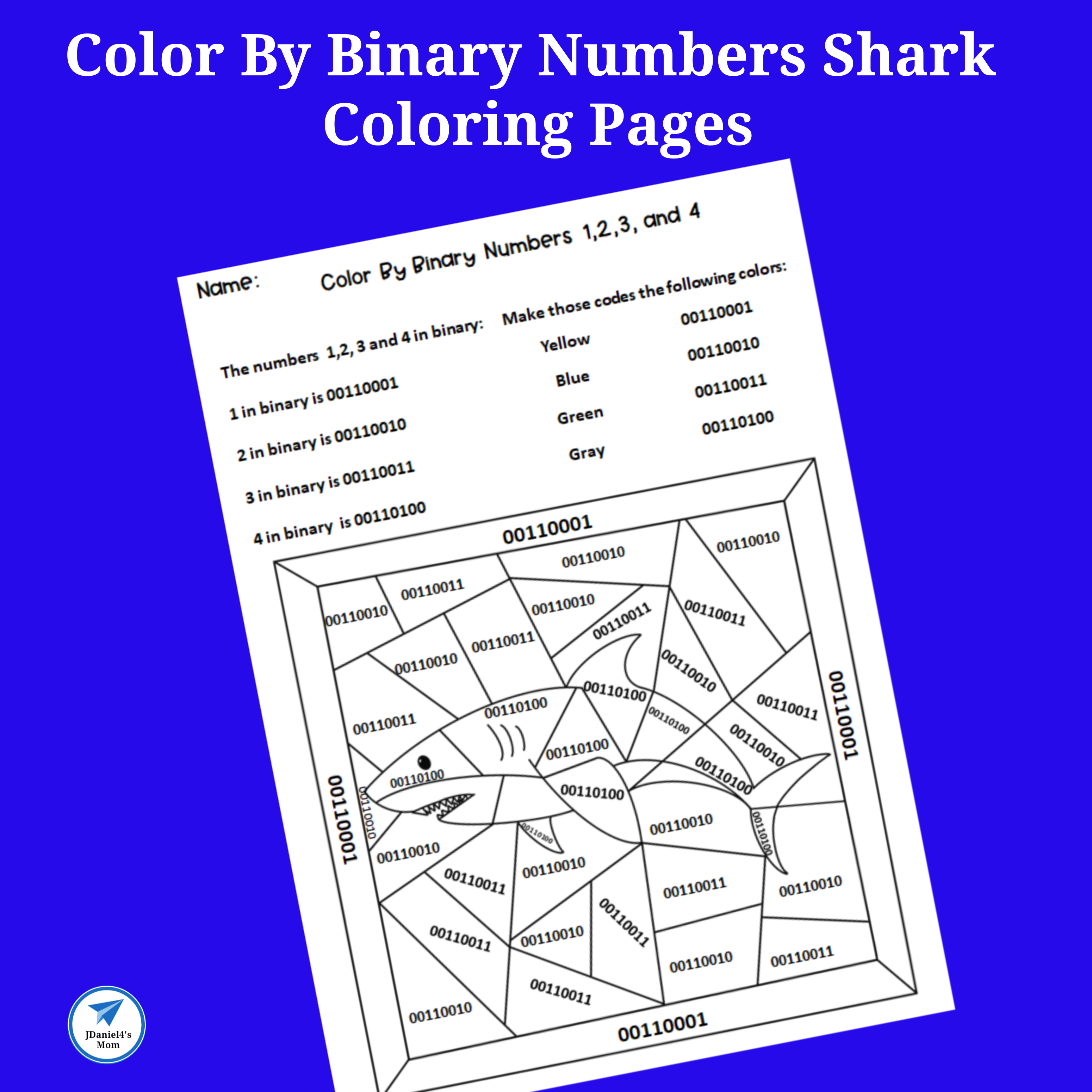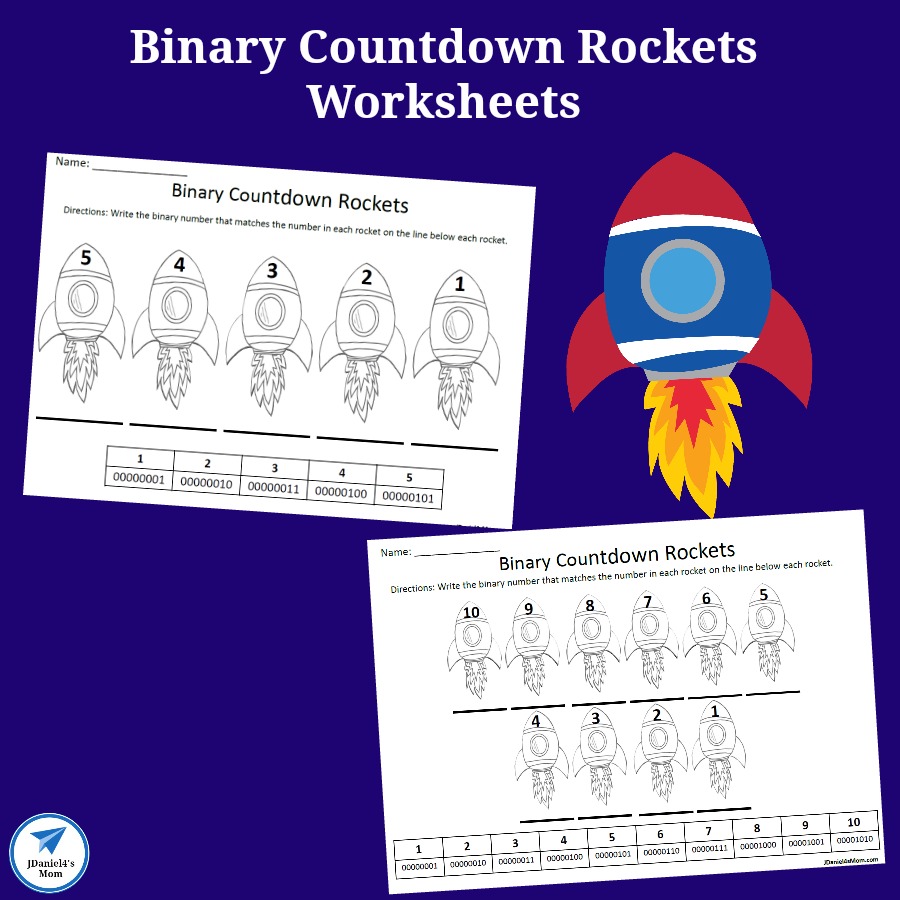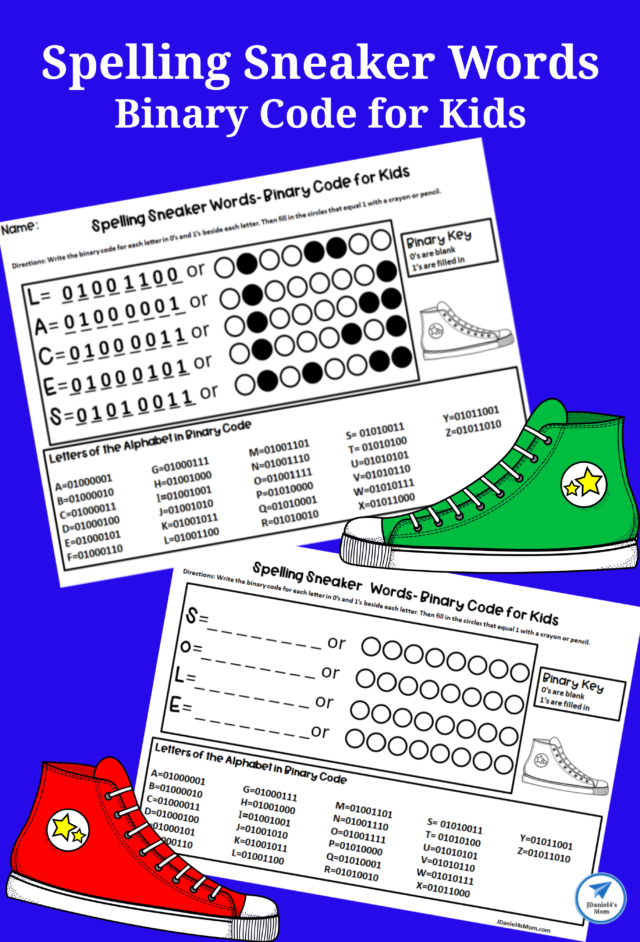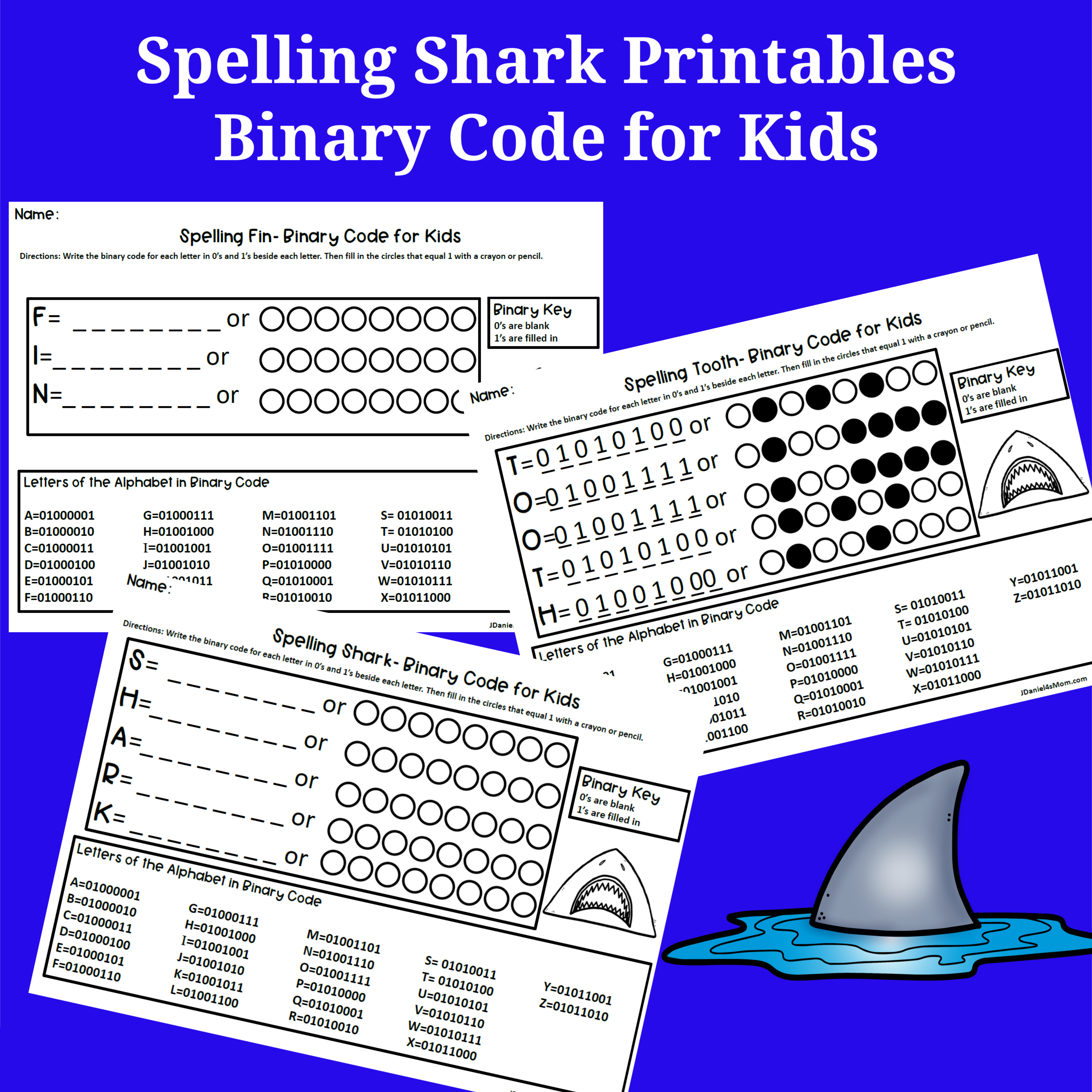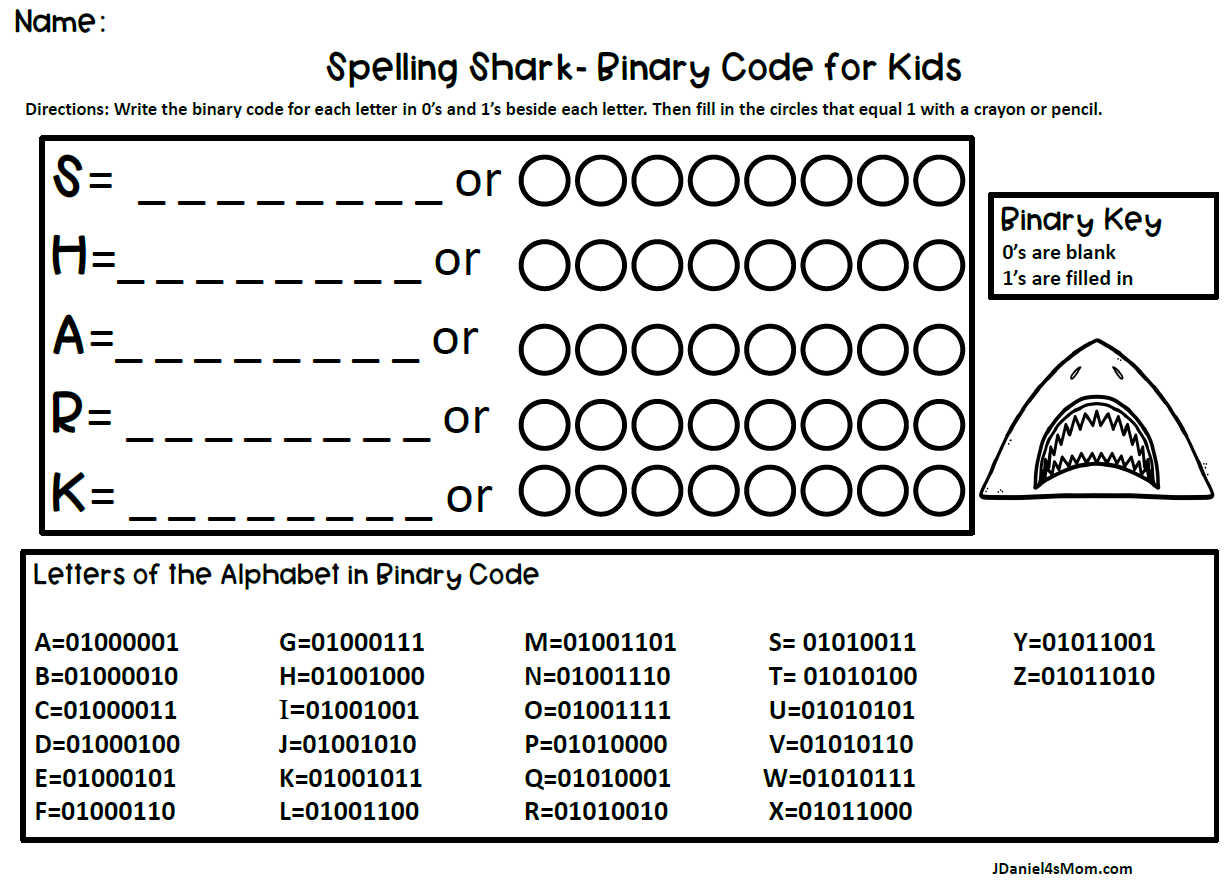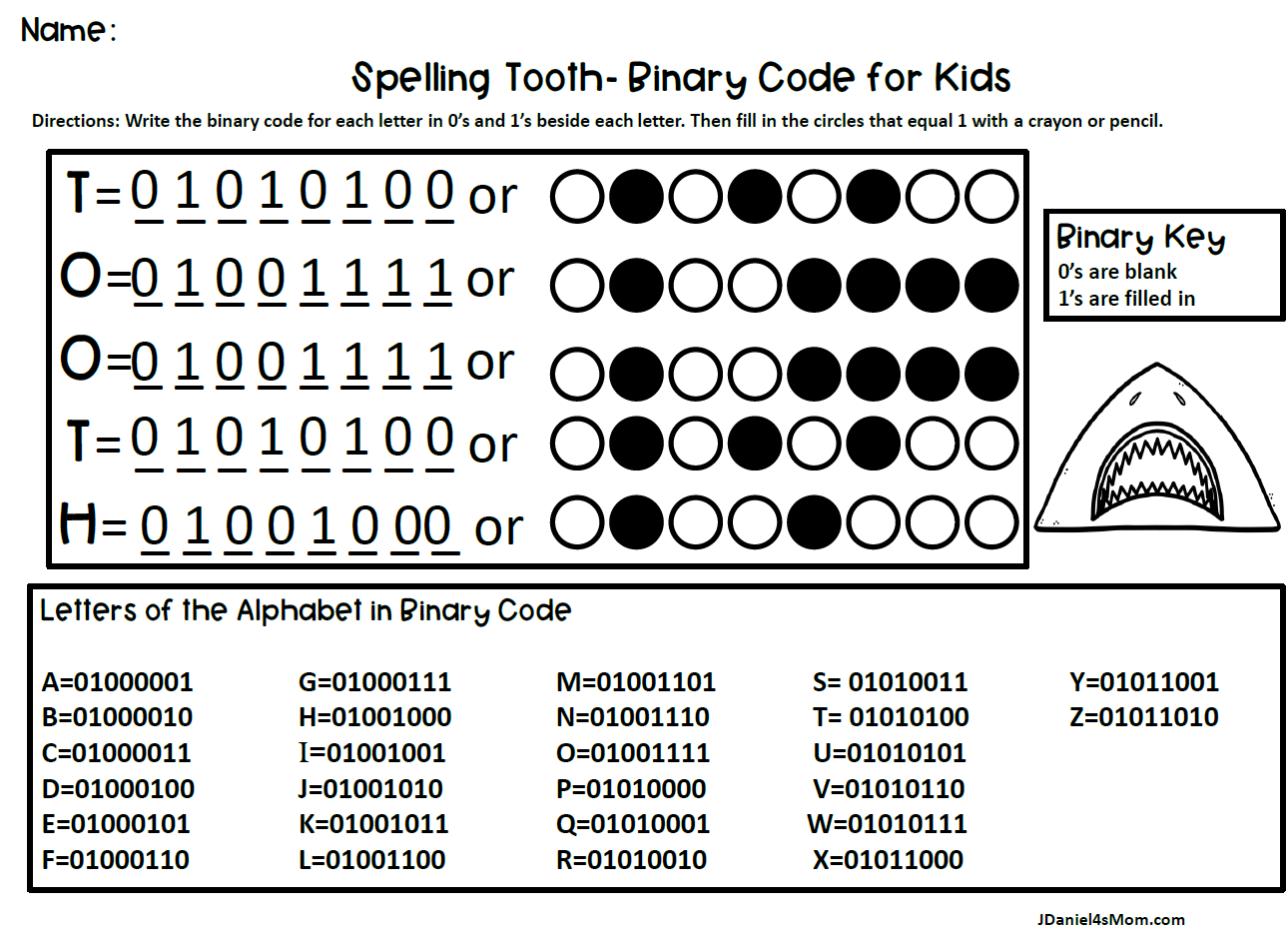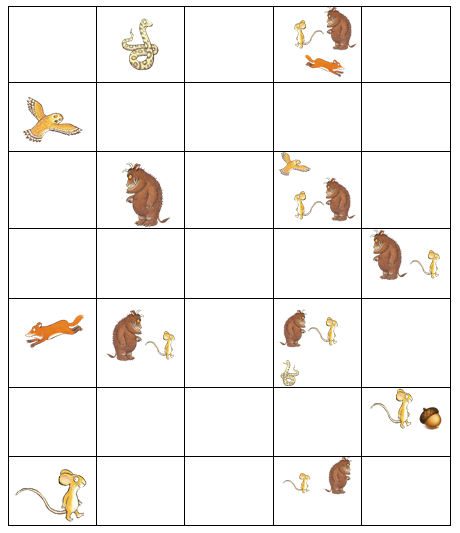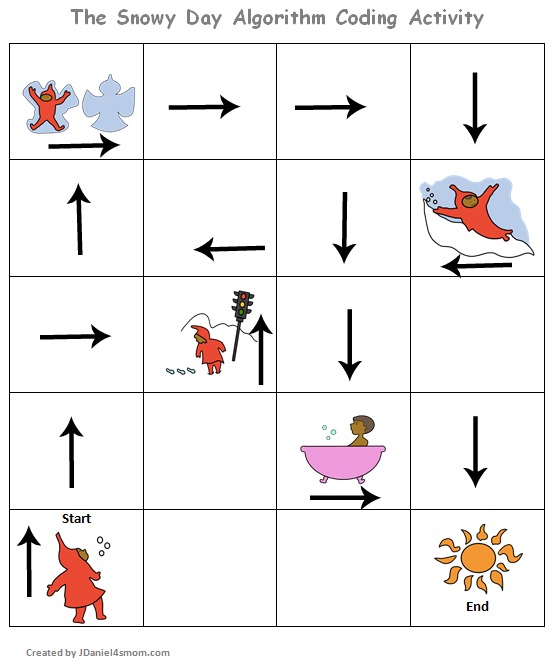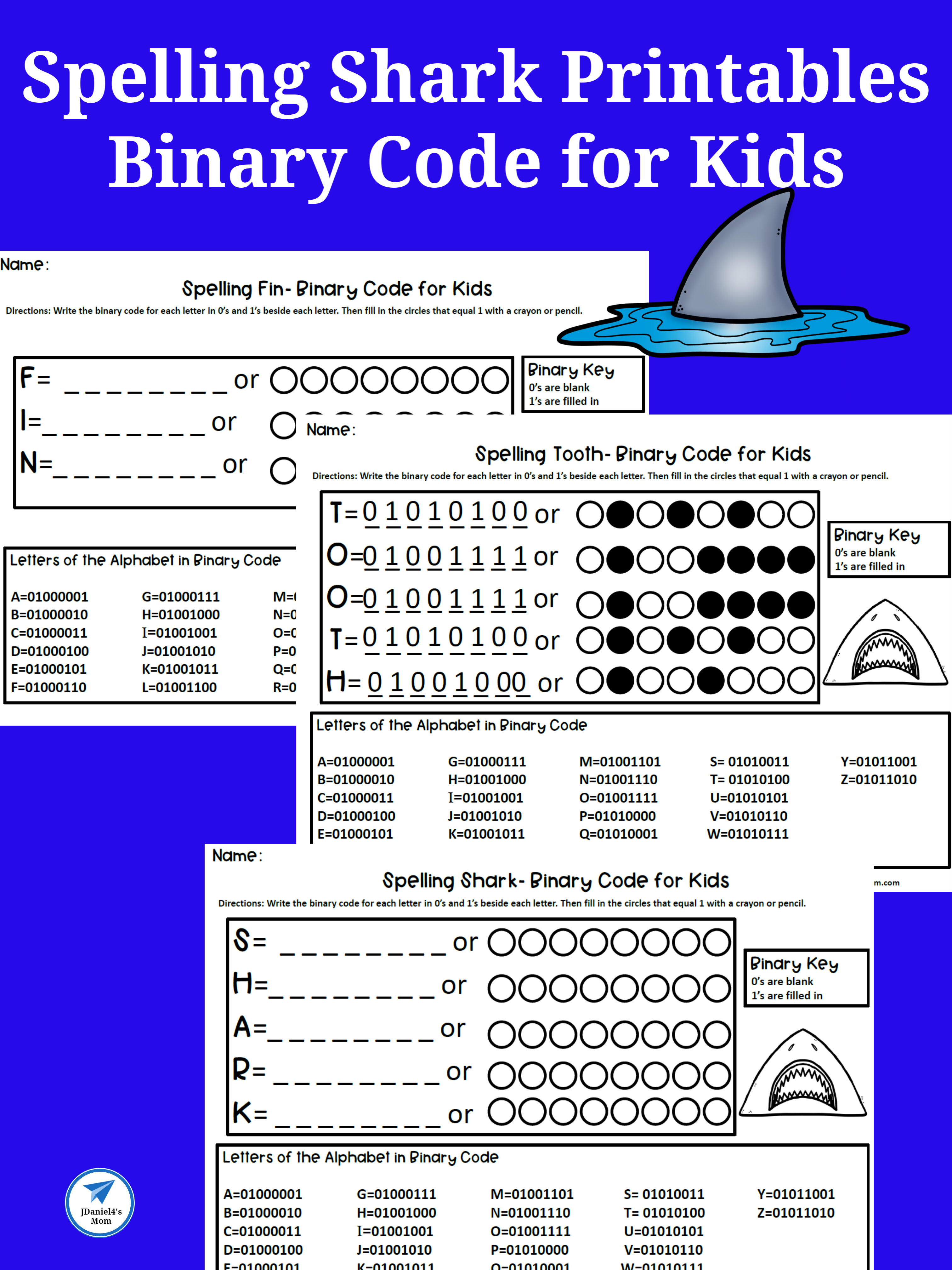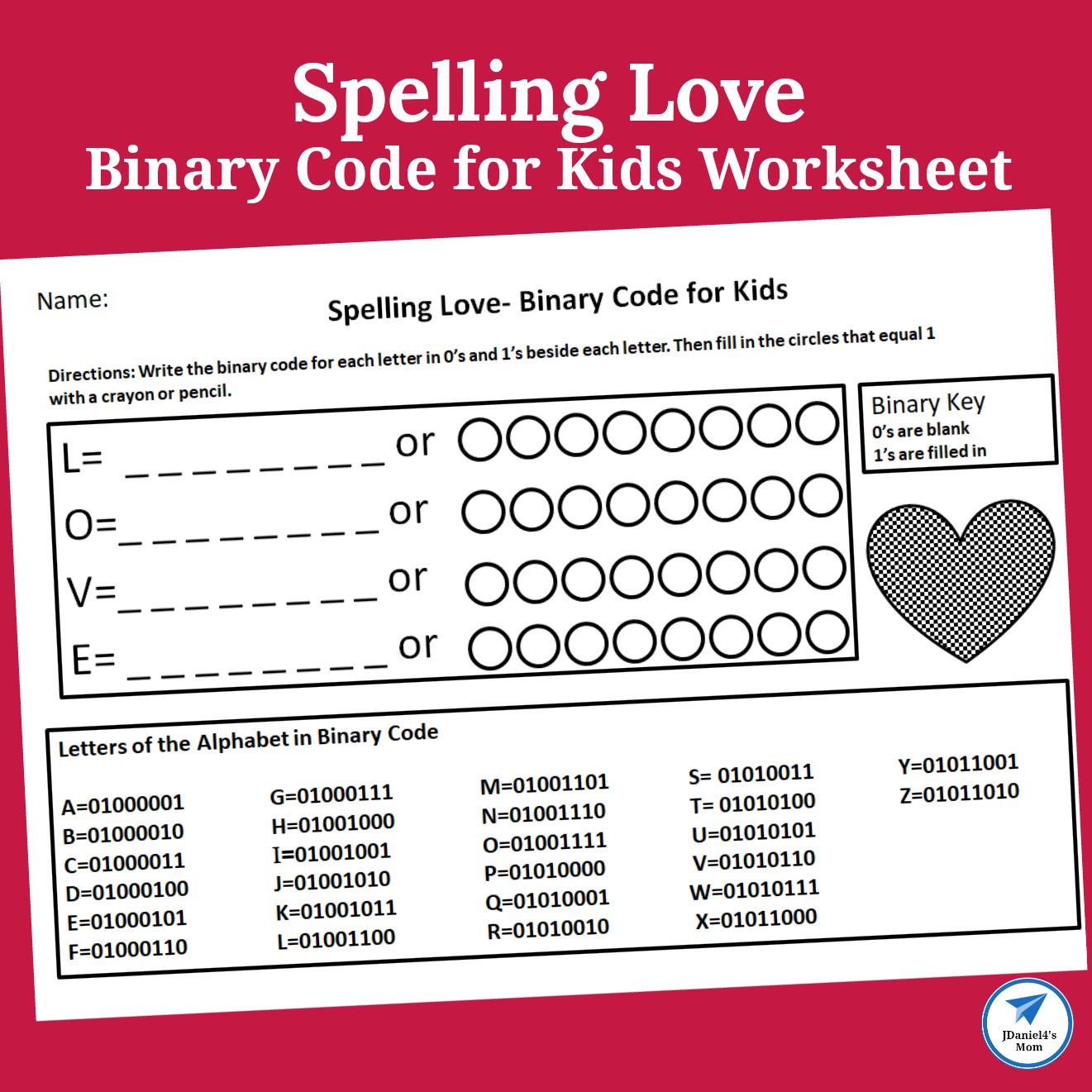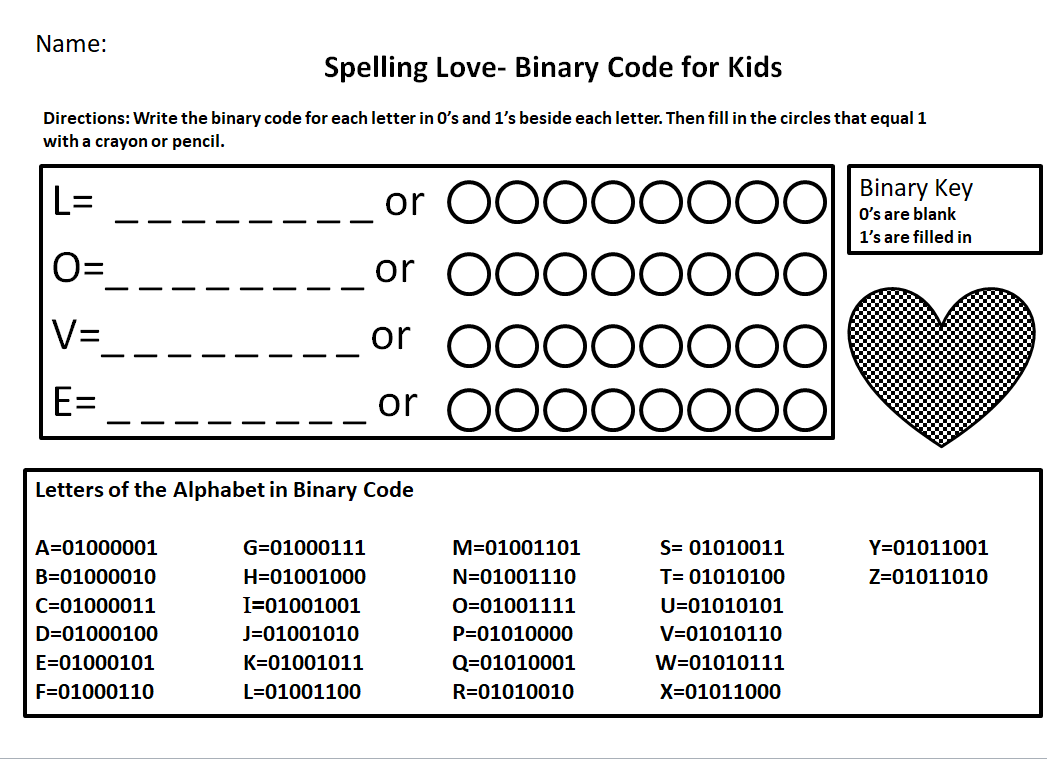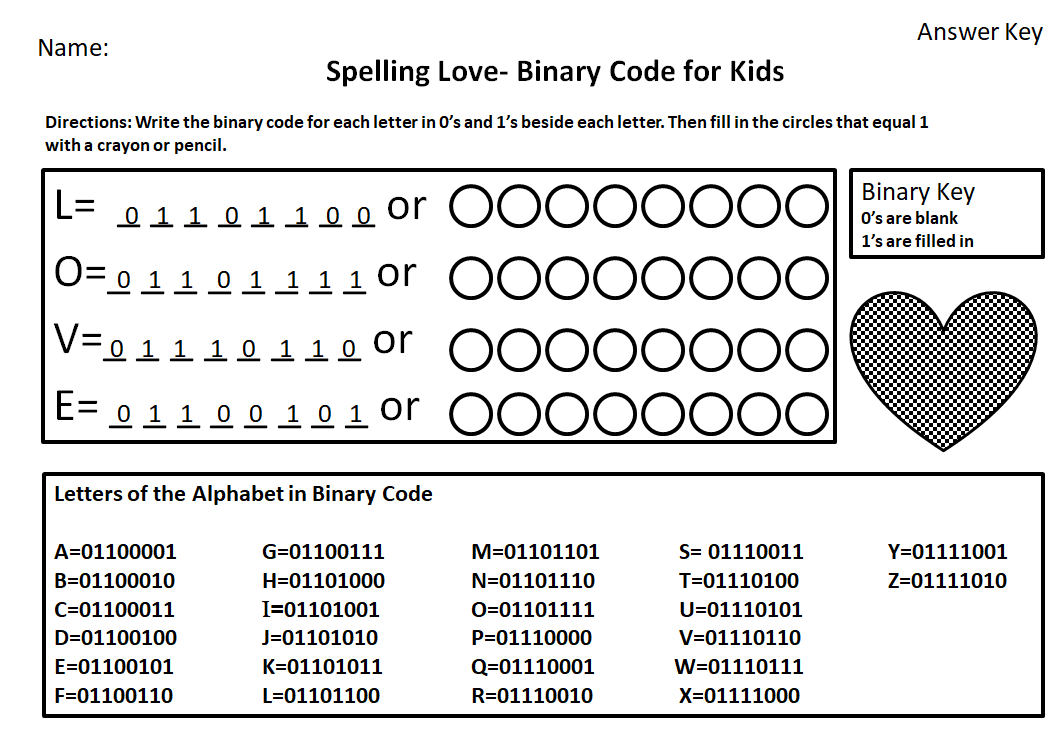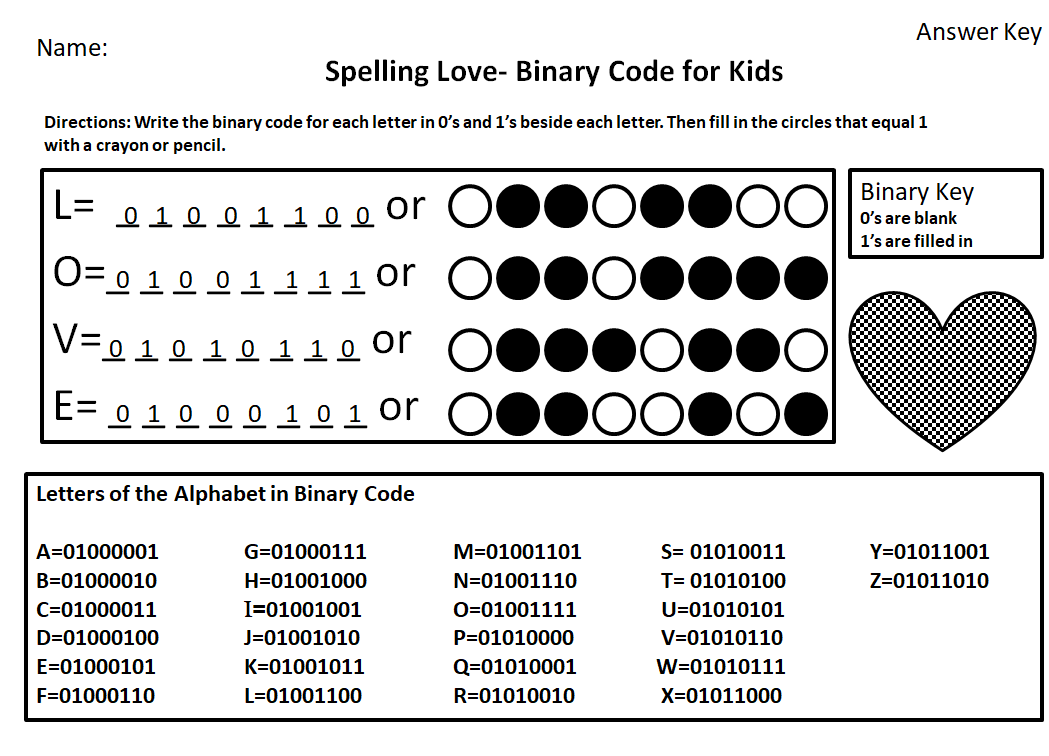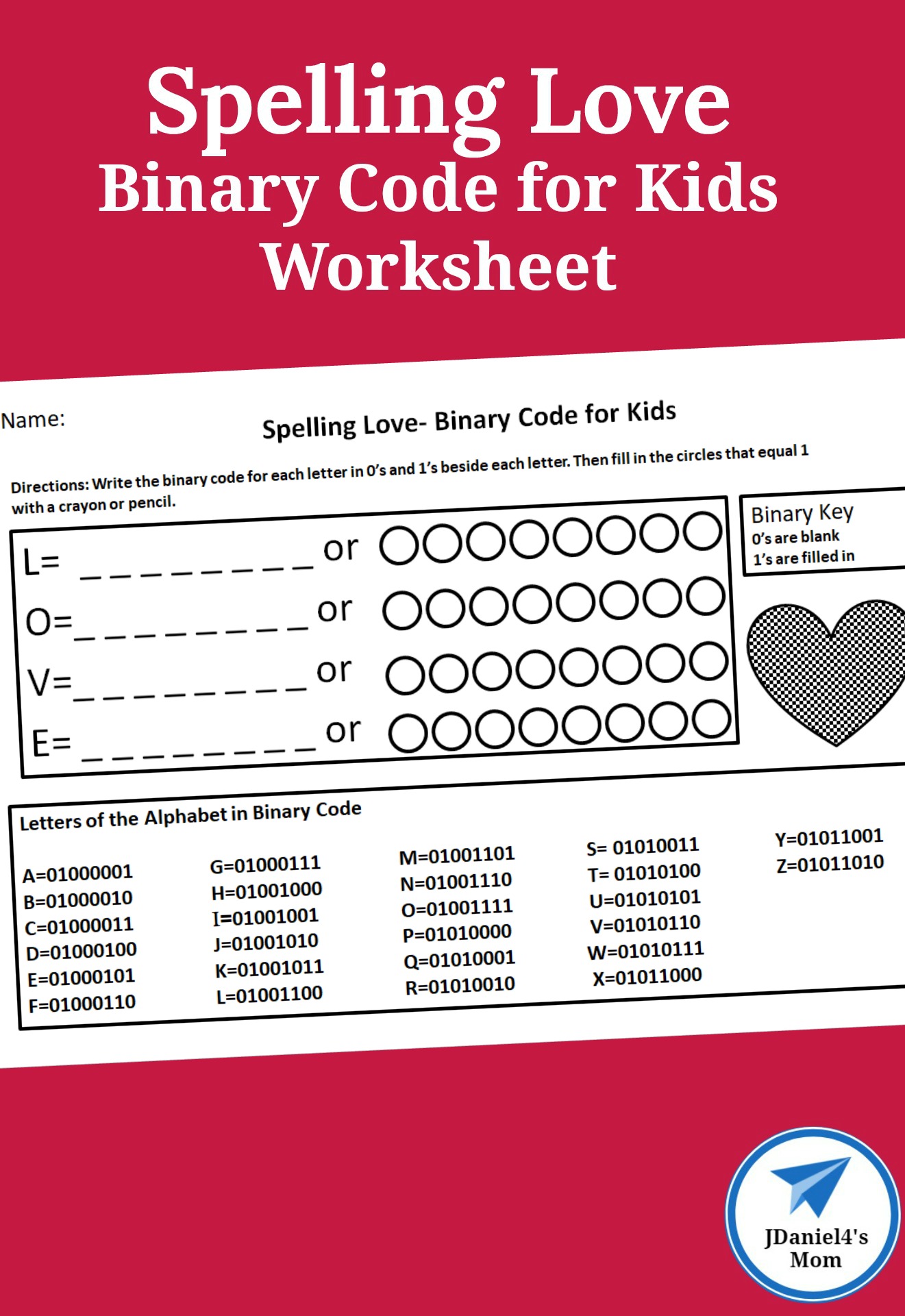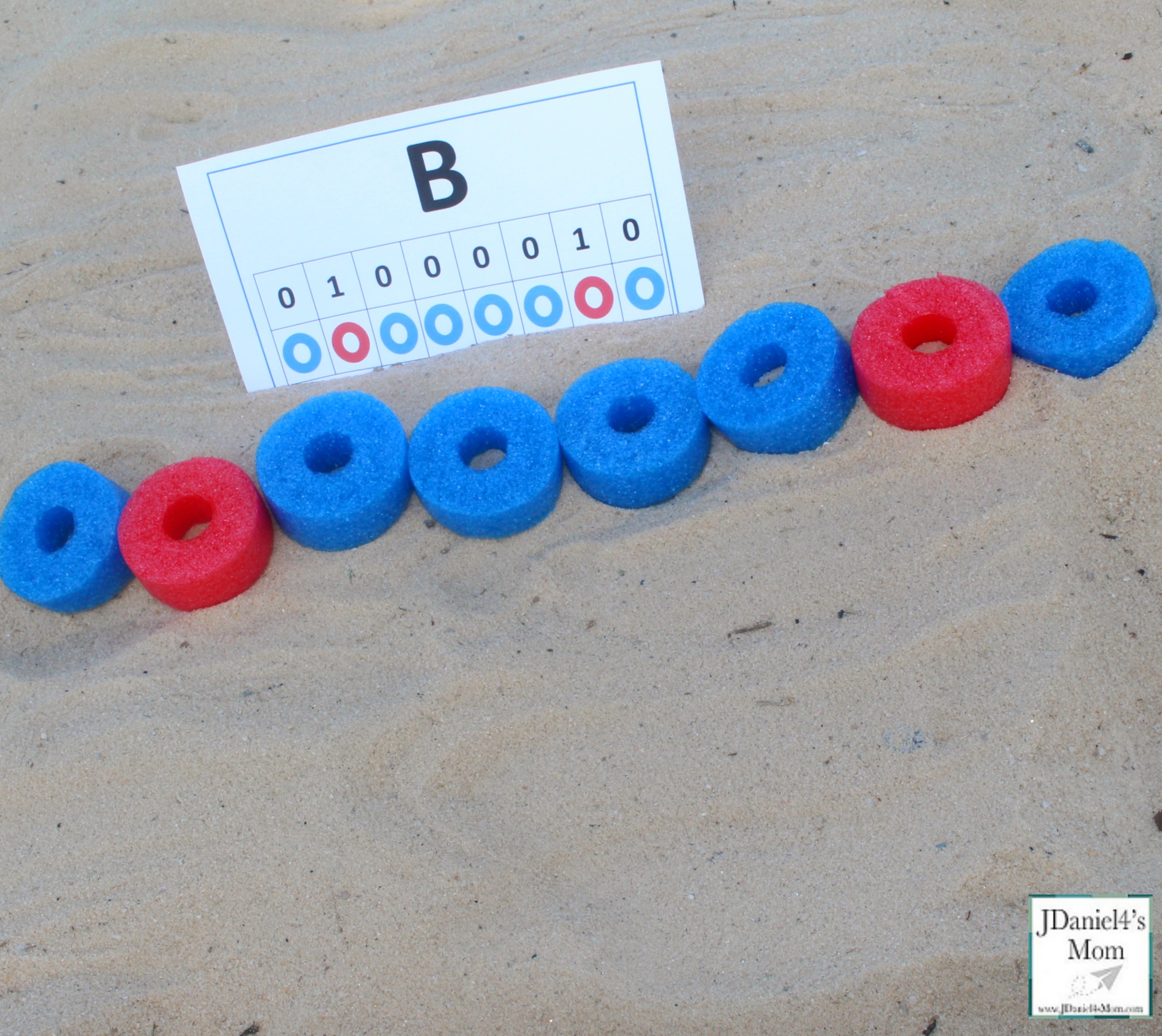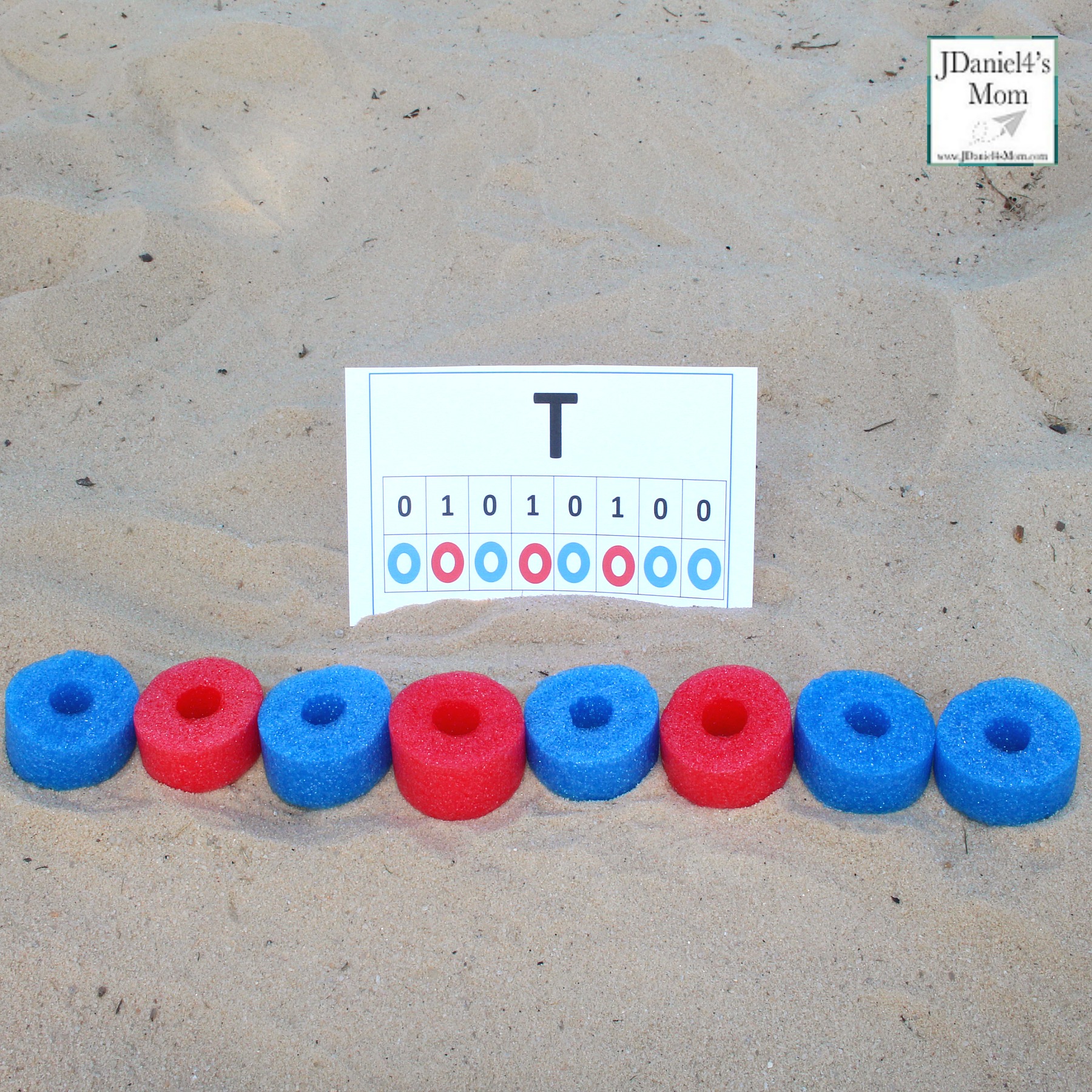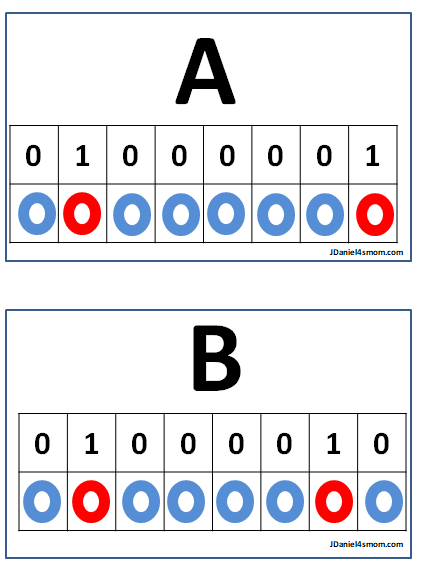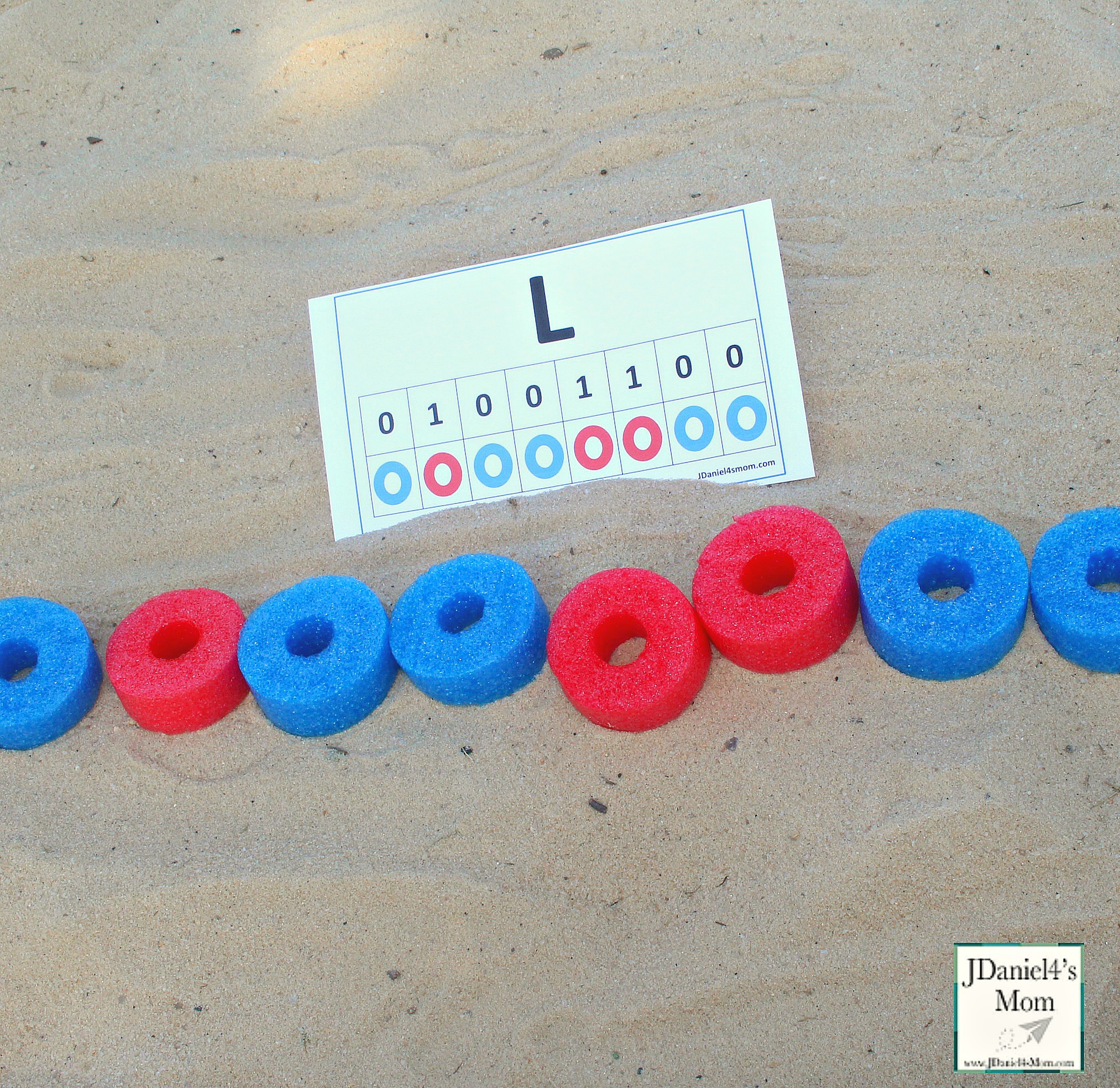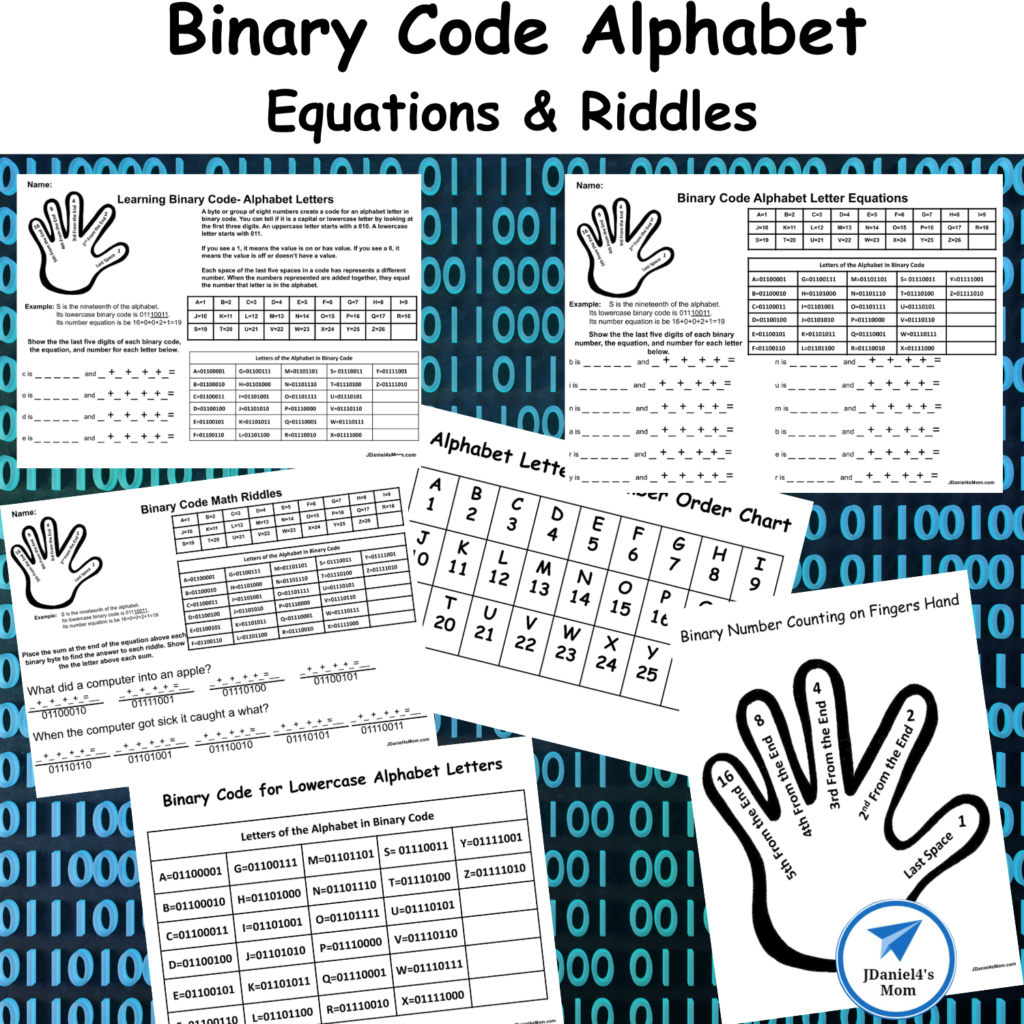
Teaching children how a binary number system works can be tricky. Once they get that you will want to move on to further explain that a binary number is used by a computer to represent each alphabet letter. The next tricky part of binary numbers is teaching children that each letter has two binary codes assigned to it. One for the uppercase letter and one for the lowercase letter. Any or all of this may be confusing or tricky. Let’s look at using the five finger model to explore bit binary code alphabet equations and riddles pages.
Binary Code Alphabet Equations and Riddles
Five Finger Binary Number Model
Recently I learned about the five finger explanation for the math part of a binary number. Each of the fingers on a hand is assigned a number. If the binary code has a 1 in the same number position or place as a numbered finger, it will be used in the equation to find out the letter it represents. Each of the last five digits of a binary number when added together will equal the number position an alphabet letter has in the alphabet.
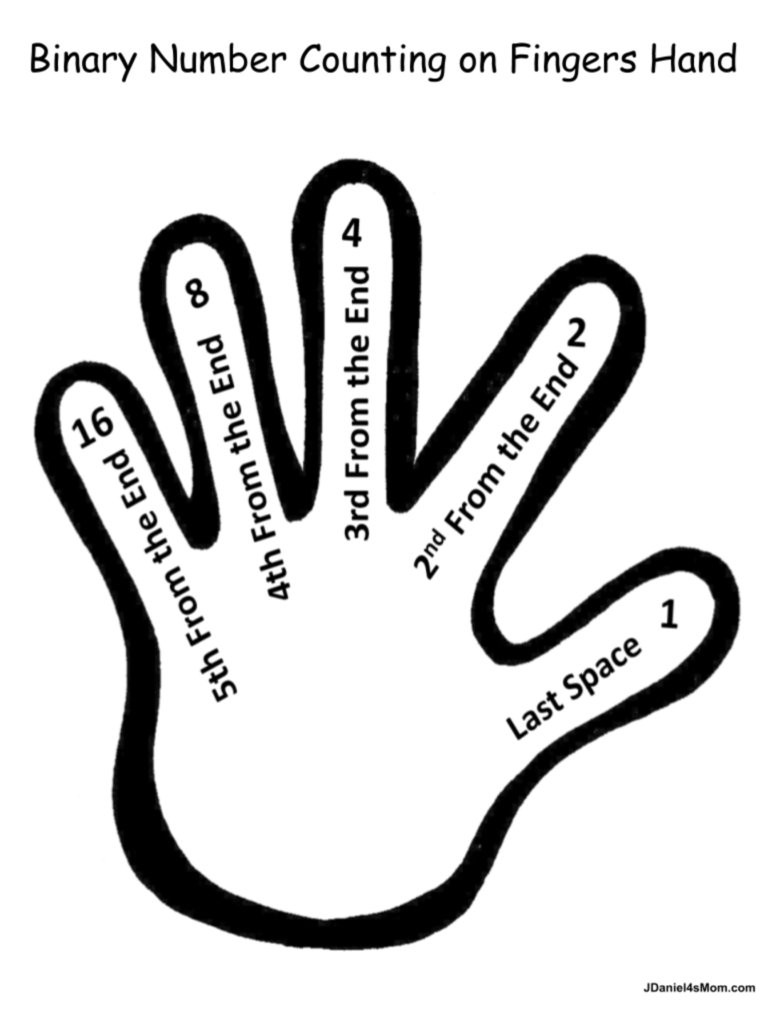
Overview
As you will see below it starts with the thumb representing the last bit or number in an eight-digit binary number. The number represented by the thumb is one. That means if there is a one in the last space there will be a one in the equation that adds up to the sum that represents each particular letter. When there is a zero in that spot, that number will not be part of the equation. You can tell your children that a one means the position is on and a zero means the position is off. When space is off, it isn’t active.
What Does Each Finger Represent
Let’s look at the remaining fingers. The pointer finger is a two or a double of one. The tall man or middle finger is four or a double of two. (Yes, the numbers are doubled at the move from thumb to pinky. ) The ring finger is eight or a double of four. The pinky finger is represented by a sixteen.
Example:
J is the 10th letter of the alphabet
The last five bits in the binary code for J are 01010.
Its number equation would be 0+8+0+2+0=10
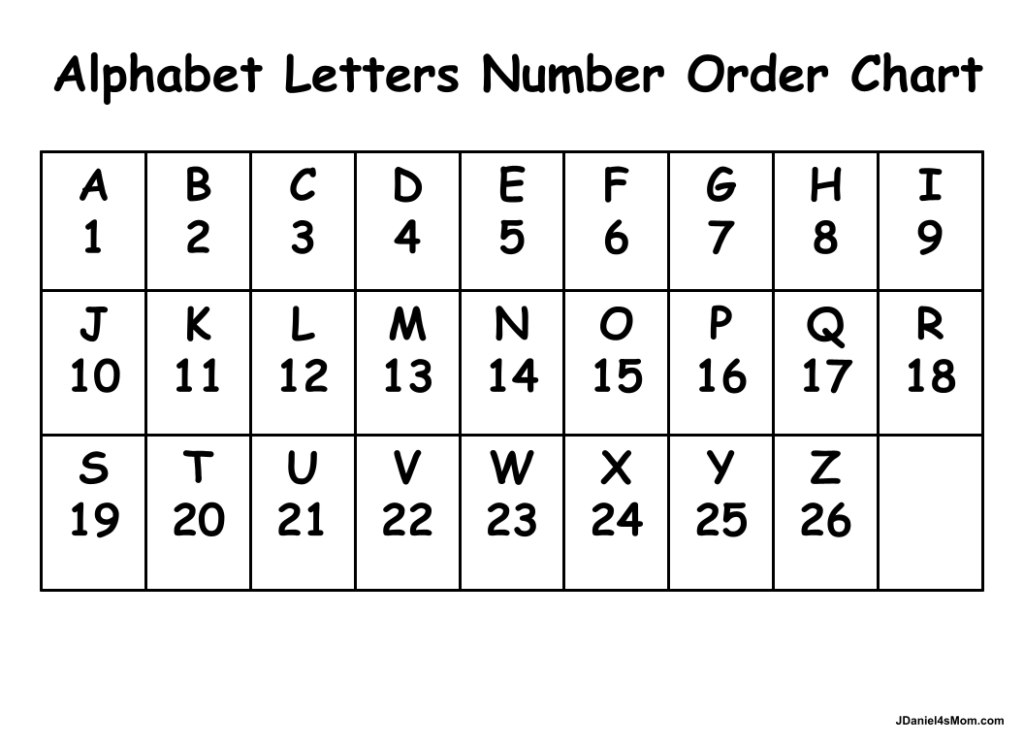
What About the First Three Numbers?
You can tell if a letter is a capital or lowercase letter by looking at its first three digits. An uppercase letter starts with a 010. A lowercase letter starts with 011. While those numbers are not part of the equation, they are key to knowing if the letter is at the start of a sentence or is a proper noun.

Getting the Binary Code Alphabet Equations and Riddles
The February STEAM activity calendar is a PDF. Once you have downloaded, the set you will need to open it with a PDF reader like Acrobat Reader.
First, you will need to download the set.
Second, if you don’t have Acrobat Reader you will need to download it. The algorithm page is an Acrobat Reader PDF file.
Third, you must go to your download file and open the page. You may be asked if you want the file to open right after downloading it. You won’t have to hunt for it in your download file if you are.

What the Set Contains
The set features three pages. You can decide which pages of the set you want to use.
First, there is a page that explains much of what I shared in this post. It shares the number hand, an alphabet chart with numbered letters, a lowercase number chart, and a word to find the binary numbers and equations.
Next, there is a page that gives students a lot of equation writing practice. It doesn’t have a lot of explanation of what the equations mean.
Finally, there is a page that features binary riddles for children to solve. Each riddle has a place to write each letter’s equation.

